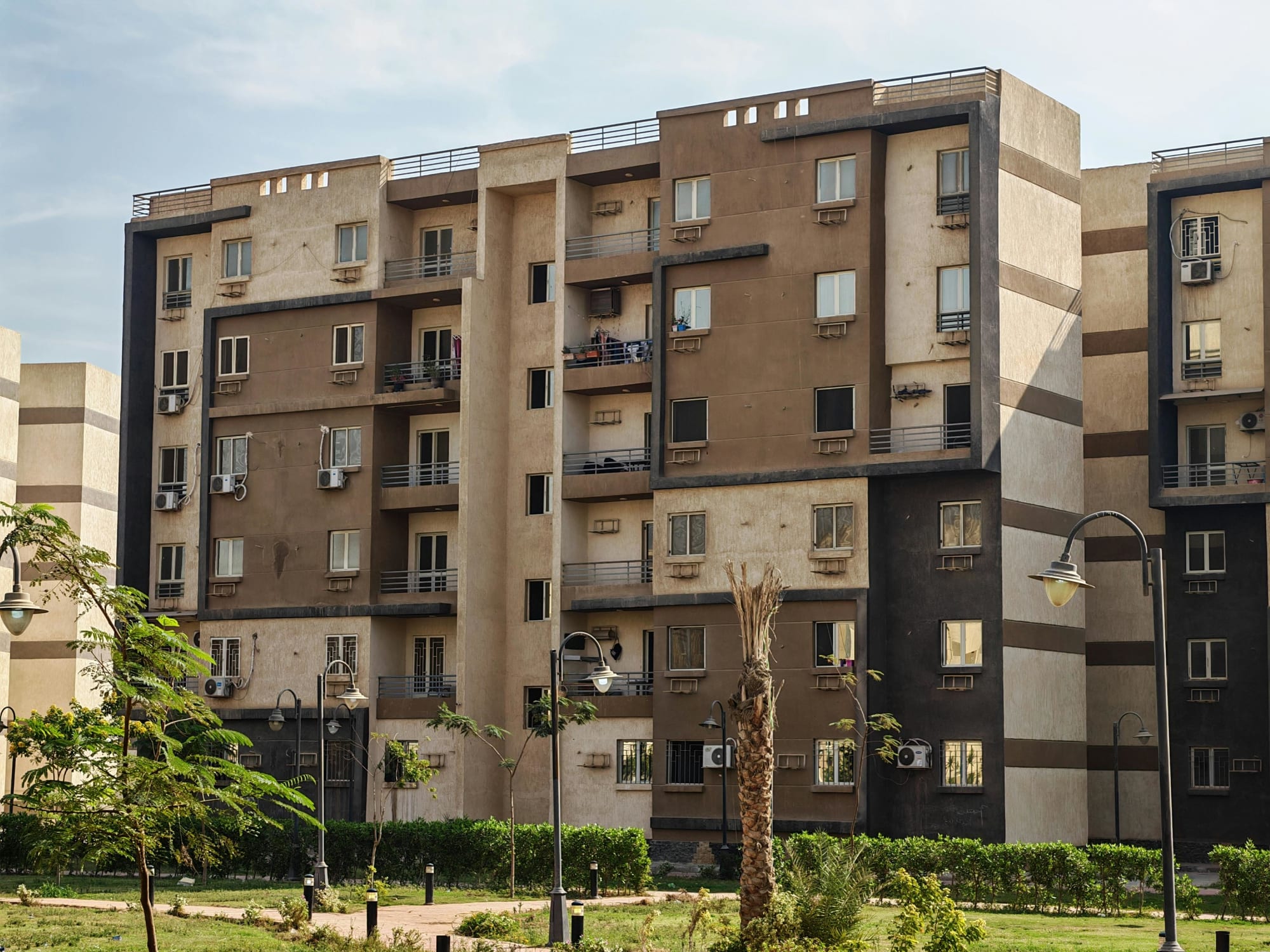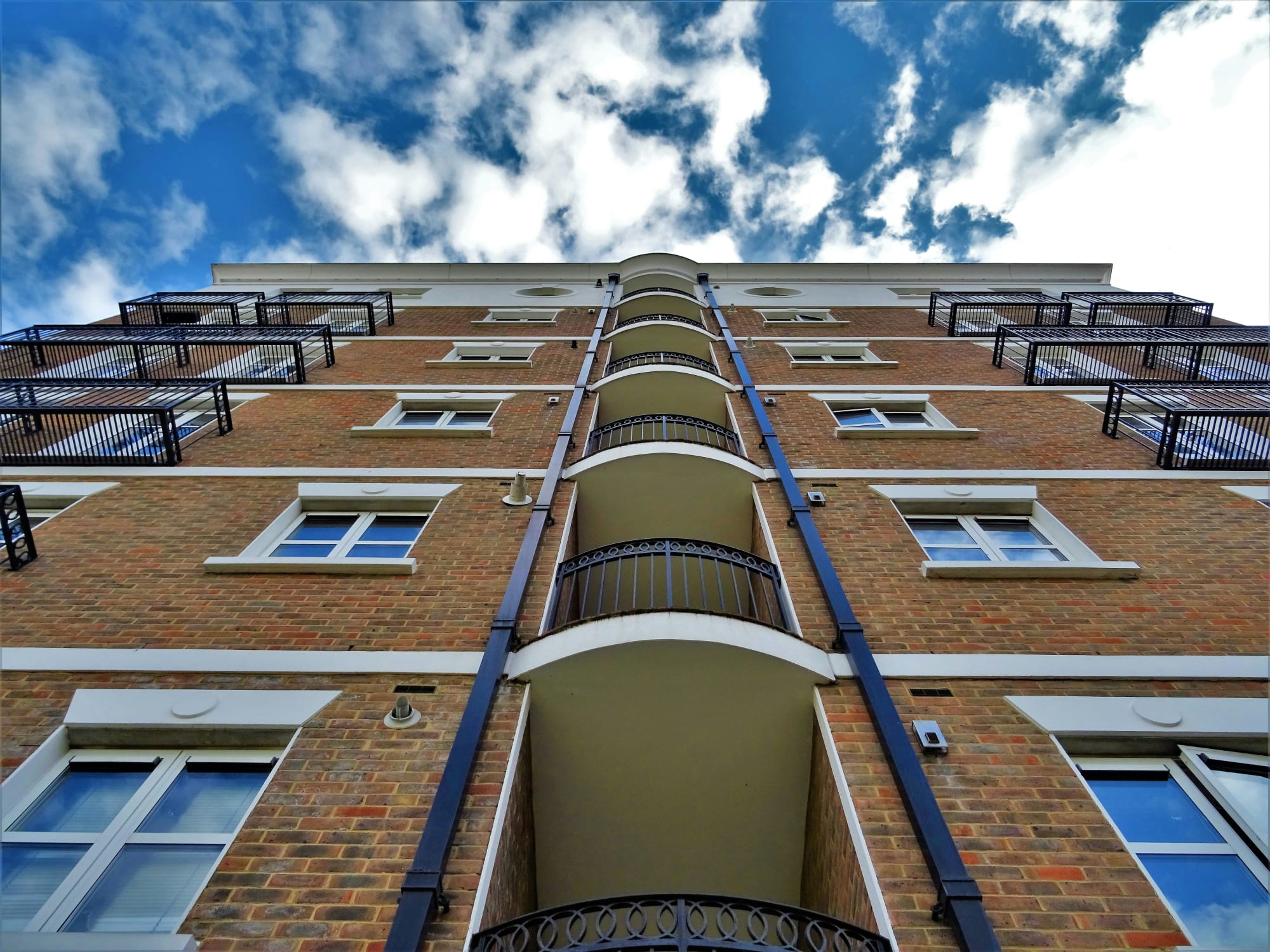Invest
This robot can ‘predict wealth’ from outer space
If you could design the “perfect city”, what would this city look like from space?
This robot can ‘predict wealth’ from outer space
If you could design the “perfect city”, what would this city look like from space?

That’s the question that fuelled the creation of “Penny”, an artificial intelligence (AI) platform that can “predict wealth” from space.
Penny uses data from the US census, expertise from Carnegie Mellon and visualisations and high-res images from Stamen Design and DigitalGlobe to predict the wealth of different regions within virtual cityscapes.
Currently, Penny has analysed New York City and St. Louis.
Writing for the World Economic Forum, Jeff Tarr, the CEO of DigitalGlobe said Penny could “make cities smarter than is humanly possible”.

“We’re already using machines to make sense of the world as it is; the possibility before us is that machines help us create a world as it should be and have us question the nature of the thinking behind its design.”
He explained that Penny has been taught to recognise “with uncanny accuracy” the patterns of neighbourhood wealth, like the number of trees, brownstone buildings, car parks and freeways by running census data against the satellite imagery.
“It does more, though,” he continued.
“You don’t just extract information from this tool, but interact with it, using a compelling, human-centred interface. Drop a grove of trees into the middle of Harlem to see the neighbourhood’s virtual income level rise or fall.”
For example, Penny reads the Bronx area as being of a low median income bracket. Add the Empire State building and the income grows to medium-low.
Correspondingly, the area around the prestigious Plaza Hotel and Central Park drops from a high median income bracket to medium-low once a parking lot is added. Add another two parking lots and the area just up the road from Trump Tower drops to the low median income bracket.
“The basic evaluations are logical,” said Mr Tarr.
“More parks commonly indicate higher income; more parking lots, lower. But its results are not always intuitive: if you add two trees to a neighbourhood, you may not see a difference, but the third might be a tipping point. It’s not just about the urban features you add, it’s the features and the context into which they’re placed.”
Mr Tarr said that while Penny can’t yet say what the perfect city looks like, it raises a number of questions like: “What sorts of problems, even aesthetic ones, can we solve by partnering with new kinds of intelligence – and what will it take to get there?”
And: “Will we bristle at machine-told truths that violate our preconceptions about value or lifestyle? Does human emotion hinder or help our decision making?”
However, Mr Tarr argued that Penny’s real value lies in the way it can uncover unconscious biases or uncomfortable truths. Questioning whether Penny can “recognise and respect the boundaries and symbols that are so meaningful to us”, Mr Tarr said Penny could instead highlight a truth that humans are unable to see.
“The most compelling questions don’t come when that [AI] lens is turned outward – at our cities – but when it is turned directly at us.”

Property
ANZ’s mortgage growth, profit slump: why volume without margin won’t pay the dividends
ANZ lifted home-lending volumes, yet profits fell under the weight of regulatory and restructuring costs—an object lesson in the futility of growth that doesn’t convert to margin and productivityRead more

Property
Rate pause, busy summer: where smart capital wins in Australia’s property market
With the Reserve Bank holding rates steady, the summer selling season arrives with rare predictability. Liquidity will lift, serviceability stops getting worse, and sentiment stabilises. The ...Read more

Property
The 2026 Suburb Thesis: A case study in turning trend lists into investable strategy
A new crop of ‘suburbs to watch’ is hitting headlines, but translating shortlist hype into bottom-line results requires more than a map and a mood. This case study shows how a disciplined, data-led ...Read more

Property
From signals to settlements: A case study in turning property insight into investable action
Investor confidence is rebuilding, first-home buyers are edging back, and governments are pushing supply — yet most property players still struggle to convert signals into decisive movesRead more

Property
Australia’s rental choke point: why record-low vacancies are now a boardroom issue
A tightening rental market is no longer just a housing story—it’s a macro risk, a labour challenge and a strategic opening for capital. With vacancies near historic lows and rents still rising, ...Read more

Property
Rents are rewriting the inflation playbook: what record‑low vacancies mean for Australian business
Australia’s rental market is so tight that housing costs are now a primary transmission channel for inflation and interest rates. This isn’t just a property story; it’s a business risk story—affecting ...Read more

Property
Off-market real estate is going mainstream — and changing the rules of dealmaking
With public listings tight and sales still climbing, Australia’s investors are shifting to off-market channels that reward speed, networks and data advantage. The playbook is closer to private equity ...Read more

Property
Australia’s rental squeeze is now a business problem: inflation, capacity and the new growth calculus
Record-low rental vacancies are no longer just a social headline – they’re reshaping cost structures, wage dynamics and capital allocation across corporate Australia. With economists warning of a ...Read more

Property
ANZ’s mortgage growth, profit slump: why volume without margin won’t pay the dividends
ANZ lifted home-lending volumes, yet profits fell under the weight of regulatory and restructuring costs—an object lesson in the futility of growth that doesn’t convert to margin and productivityRead more

Property
Rate pause, busy summer: where smart capital wins in Australia’s property market
With the Reserve Bank holding rates steady, the summer selling season arrives with rare predictability. Liquidity will lift, serviceability stops getting worse, and sentiment stabilises. The ...Read more

Property
The 2026 Suburb Thesis: A case study in turning trend lists into investable strategy
A new crop of ‘suburbs to watch’ is hitting headlines, but translating shortlist hype into bottom-line results requires more than a map and a mood. This case study shows how a disciplined, data-led ...Read more

Property
From signals to settlements: A case study in turning property insight into investable action
Investor confidence is rebuilding, first-home buyers are edging back, and governments are pushing supply — yet most property players still struggle to convert signals into decisive movesRead more

Property
Australia’s rental choke point: why record-low vacancies are now a boardroom issue
A tightening rental market is no longer just a housing story—it’s a macro risk, a labour challenge and a strategic opening for capital. With vacancies near historic lows and rents still rising, ...Read more

Property
Rents are rewriting the inflation playbook: what record‑low vacancies mean for Australian business
Australia’s rental market is so tight that housing costs are now a primary transmission channel for inflation and interest rates. This isn’t just a property story; it’s a business risk story—affecting ...Read more

Property
Off-market real estate is going mainstream — and changing the rules of dealmaking
With public listings tight and sales still climbing, Australia’s investors are shifting to off-market channels that reward speed, networks and data advantage. The playbook is closer to private equity ...Read more

Property
Australia’s rental squeeze is now a business problem: inflation, capacity and the new growth calculus
Record-low rental vacancies are no longer just a social headline – they’re reshaping cost structures, wage dynamics and capital allocation across corporate Australia. With economists warning of a ...Read more








